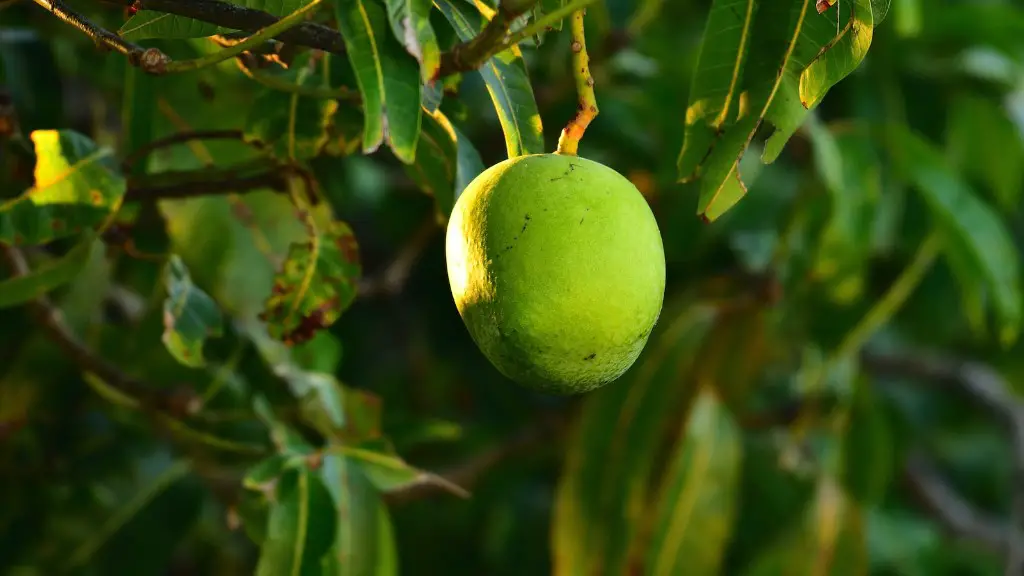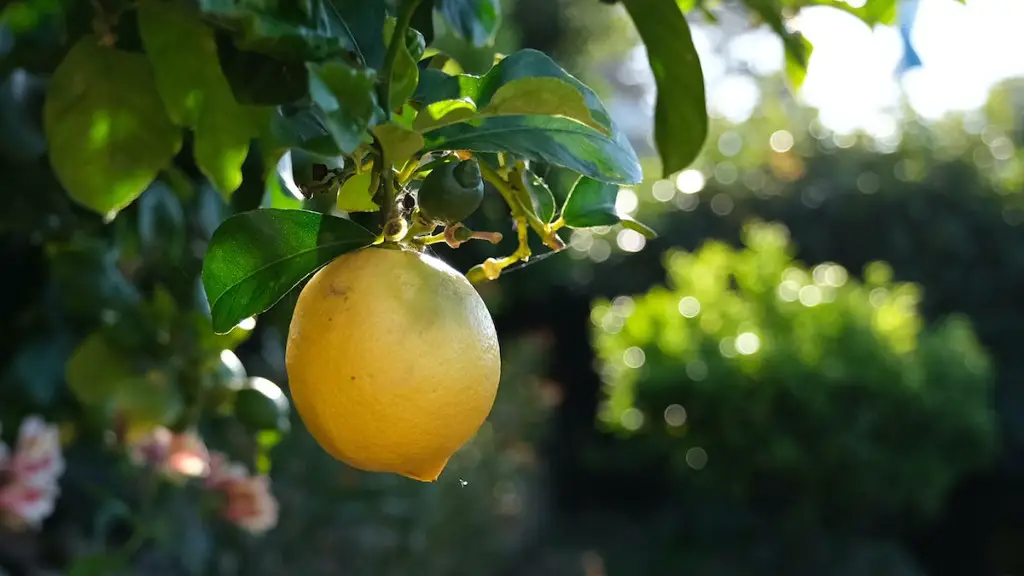How to get rid of palm tree
Palm tree removal is a challenging and labor-intensive process. It is also potentially hazardous, presenting many safety considerations in terms of both operating power tools and working in precarious conditions. As such, it is generally recommended that professionals with appropriate ladders and rigging equipment be called in to do the job. There are few “DIY-ers” who attempt to do it out of financial necessity but it’s not an easy task, even for professionals.
Before beginning the removal of a palm tree, it is essential to become familiar with the types of palm trees, their positioning in the landscape, size and weight, before beginning the project. Certain safety considerations must be taken as some palm trees can weigh thousands of pounds and may require cranes, chains or other lifting equipment in addition to the necessary hand tools.
To begin the removal process of a palm tree, the crown, or top, must be removed first. The crown is the portion of the tree that holds the leaves and leaflets. Once removed, it should be placed in a safe location so as not to disrupt the process of removing the trunk. Unseen obstacles such as power lines and other nearby hazards must be taken into account while doing this, and extra caution should be exercised.
The next step in the palm tree removal process is to cut the stump. This can be done with a chainsaw or stump grinder. There are two ways to proceed: either to cut below ground level so the entire trunk can be removed, or to cut the main trunk up into pieces for easy disposal. Cutting the trunk below ground level is more difficult, but allows for complete removal of the trunk and root ball, making for easier cleanup. When cutting into pieces, care must be taken to avoid damaging nearby structures or roots.
Finally, the remaining roots and root ball must be removed from the ground. This task is the most labor intensive and difficult part of the removal process. Depending on the type and size of the palm tree, it may be necessary to hire a professional with heavy machinery to complete the job.
In some cases, palm tree removal may not be the best choice, or even an option. If a dead or dying palm tree is located near a home or structure, carefully trimming the crown of the tree may be the best solution in order to reduce the danger of falling fronds and branches. Of course, consulting a qualified arborist is always the best option if there’s any doubt about the safety and well-being of the tree.
Effects of Palm Tree Removal
Tree removal can have far-reaching ecological effects. Not only does removing a tree not just erode soil and decrease surface area, it often unbalances the local ecology. For example, when a tree is cut down, the birds and other animals who have made it their home lose their habitat, and the insects that depend on the tree for life also take a hard hit.
Similarly, when a palm tree is removed, the entire environment around it is disturbed, as many other living organisms rely on it for their habitats. Unfortunately, most people don’t think about the effects their actions will have on the environment.
Furthermore, removing a palm tree is no small task. It takes time, energy and a bit of patience, so it is important to think carefully about whether it should be done or not. Consulting with an experienced arborist is always the best option, as they will be able to provide insights and valuable advice on how to proceed and to ensure that the process is done safely and efficiently. They can also provide advice on whether tree removal is in fact the best option.
Finally, it’s important to think of the future, and the long-term effects that removing a palm tree can have. If a new tree, or even several new plants, are not planted to replace the one removed in order to maintain the local environment, then the effects of this action may be severely felt in years to come.
Alternatives to Palm Tree Removal
Sometimes, removing a palm tree is not the best option. Fortunately, there are several alternatives that can be taken in order to deal with a potentially problematic palm tree. For example, pruning can be done in order to reduce the size of the tree, while maintaining its aesthetic value.
Another option is to transplant the tree to a more suitable location. This technique is commonly used when a palm tree has outgrown its surroundings and is encroaching on other areas of the yard, or when it obstructs a driveway or sidewalk. Transplanting can be a challenging process, however, and requires the use of a large truck and crane to safely and securely lift the tree out.
Finally, it is always possible to simply cover the palm tree with a protective cover and allow it to continue growing while managing the problem areas it is causing. This can be a great way to keep a beloved palm tree while still being able to control its growth and shape.
Maintenance Tips For Palm Trees
The many benefits of having a palm tree in the yard, such as aesthetically pleasing foliage and fruits, added privacy, and good air circulation come with a mission – proper maintenance. In order to keep a palm tree looking healthy and growing strong, there are a few essential steps one must take.
First, it is important to assess the soil and make sure it has the right balance of nutrients for optimal growth. A soil test is recommended for this purpose before fertilizing, and organic fertilizers are preferable. Additionally, the pH of the soil must be within range, as different plants require different pH levels in order to thrive. Adjusting the pH levels can be done with the addition of amendment materials.
Second, the palm tree should be watered properly for optimal growth. This includes using the right amount of water employing the most efficient system. Hand watering with a watering can or hose is usually sufficient for a small palm tree. Larger trees, however, may require the use of an irrigation system.
Finally, occasional pruning is necessary to control the growth of the tree, while carefully removing yellow or dead fronds and leaflets. Proper pruning can help promote good health in the palm tree and also keep it looking neat and tidy.
Removing Palm Tree Stumps
As frustrating as it can be, palm tree stumps can be difficult to remove due to the shallow root system of palms. The most successful way to remove a palm tree stump is to use a stump grinder. This essentially is a machine that grinds down the tree so that the stump can be removed with relative ease.
A common technique for removing a palm tree stump is to dig it out by hand. This requires carefully digging out the surrounding earth from around the stump and then using a saw with a blade to cut into the stump itself. It is important to be very careful with this method, as the roots may be shallow but are still very hardy, and digging too close can result in holes being made in the surrounding area.
The use of a chemical stump destroyer is also an effective tool for removing a palm tree stump. This method involves pouring the substance into the holes around the stump, which will then be absorbed by the roots and break them down over a period of time. This method is a bit slower than the others and may take several weeks or even months, but can be done without having to use any power tools.
Finally, another popular method is to use root stimulators on the stump. These stimulators help to break down the roots and accelerate the decomposition process, making for easier and more efficient removal of the stump.
Risks Involved in Palm Tree Removal
As with any project that requires the use of power tools and ladders, removing a palm tree entails a certain amount of risk. Not only can the tools themselves be dangerous, but the environment in which the tree is being removed can present its own hazards, such as hidden power lines, underground utilities, and contact with other structures. As such, it is important to proceed with caution and consult an experienced professional to ensure the job is done safely and properly.
In addition, it is important to consider the potential long-term consequences of removing a palm tree. The tree may be blocking a sidewalk or encroaching on a house, but the impact may not be as simple or short-lived as it appears. Before committing to the removal of a tree, it is important to consider the effects of the action, both short-term and long-term.
Furthermore, the removal process itself can pose risks to those involved. Not only is the operation of power tools, such as chainsaws and stump grinders, hazardous, but cutting and lifting heavy objects also requires strength and know-how, and these can be hard to come by when dealing with a tree.
Finally, it is important to consider the safety of the people living in the surrounding area. It is not uncommon for a tree removal process to take several days or even weeks, so any debris and noise generated by the activity should be taken into account and addressed before proceeding.





